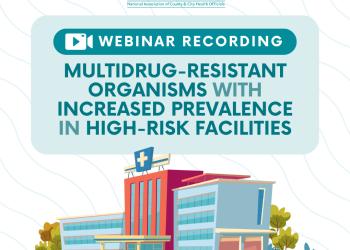A report by scientists from Oregon State University and the University of North Carolina concludes that blooms of toxic cyanobacteria, or blue-green algae, are a poorly monitored and under-examined risk to recreational and drinking water quality in the United States.
Cyanobacteria are frequently fatal to pets and wildlife that drink the contaminated water. In humans, a toxin produced by the bacteria, microcystin, is damaging to the liver and may cause liver cancer, along with gastrointestinal illness and acute skin rashes. Climate change, river damming, and wastewater and agricultural runoff have contributed to the spread of the algae.
Further compounding the issue is the lack of national standards for monitoring algae growth, as well as no requirements for reporting the illnesses they cause to the Centers for Disease Control and Prevention. The study emphasizes the need for better monitoring of bodies of water, as well as awareness of the potential dangers to humans and animals. Local health departments around the country have been issuing warnings to residents to avoid recreation activities in rivers or lakes where the algae blooms are present.
An analysis outlining the broad scope of the problem has been published in the journal Current Environmental Health Reports.






